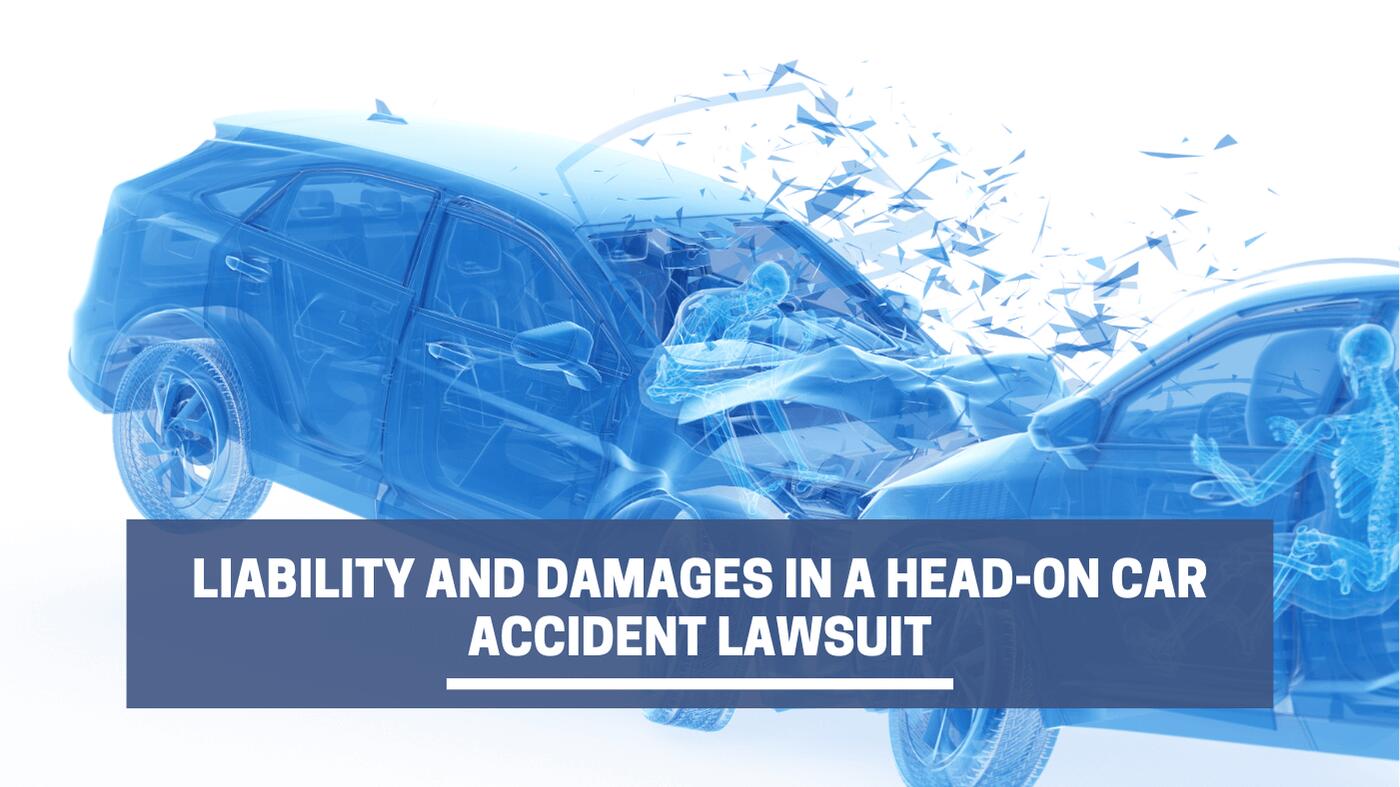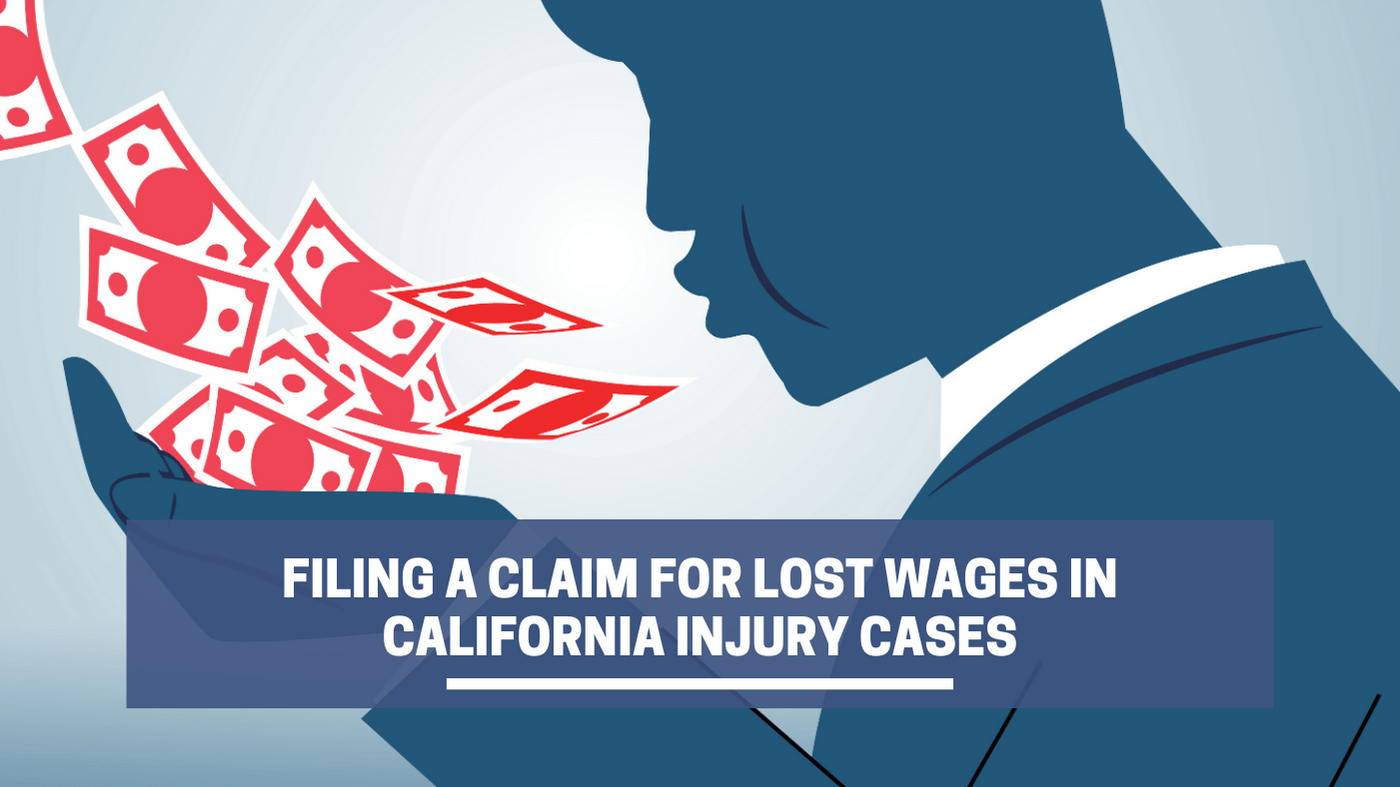Whiplash is a common cervical spine injury in car accidents. Around 841,000 whiplash injuries are treated in U.S. hospitals yearly due to traffic crashes. If you are involved in a vehicle accident in California and suffer a whiplash neck injury, it can result in months or years of pain, medical bills, and rehabilitation.
You can file a whiplash injury claim in California to recoup your monetary and non-economic losses if a negligent driver caused the crash. Understanding your rights and the potential seriousness of whiplash from a car accident can help you and your whiplash lawyer seek fair compensation for your damages.
What is Whiplash?
Whiplash usually occurs during rear-end collisions when the head is quickly thrown backward and then forward. This sudden motion can stretch and tear the neck’s muscles, tendons, and ligaments. This injury is called a cervical sprain because it affects the cervical area of the spine, extending from the skull’s base down the neck.
The movement is similar to the cracking of a whip, which is how whiplash gets its name. This force causes a rapid, sharp movement in the cervical spine, leading to an abnormal S-curve instead of the normal C-curve. This misalignment and the damaged soft tissues cause the pain and stiffness common in whiplash injuries.
Getting the right diagnosis and treatment is crucial for recovery. Untreated whiplash can lead to chronic neck pain and other long-term issues.
What are the Symptoms of Whiplash?
Whiplash injury symptoms can arise immediately after a car crash or develop over the next few days. If you notice any of the following symptoms of whiplash injury after a car accident, seek medical attention as soon as possible. Some symptoms may indicate more serious injury:
- Neck pain and stiffness. This is a primary symptom of whiplash, often varying in intensity and sometimes worsening with neck movement. Severe pain could indicate a disc, facet joint, or spinal cord injury.
- Headaches. Typically starting at the base of the skull, headaches may radiate toward the forehead. Persistent or worsening headaches might indicate a concussion or other traumatic brain injury (TBI).
- Dizziness. Feeling unsteady can be disconcerting post-accident. Persistent dizziness caused by whiplash could also indicate inner ear injuries or a concussion.
- Blurred vision. Blurred vision is often associated with whiplash injuries. However, it can also signify a more serious TBI or eye injury.
- Decreased range of motion in the neck. You may experience a limited range of motion in your neck, affecting daily activities. A persistent limitation in neck movement may indicate severe soft tissue or joint damage.
- Tingling or numbness in the arms. Whiplash injuries can cause numbness or tingling in your upper extremities, like arms and shoulders. This could indicate additional nerve irritation or damage that can cause persistent mobility issues.
How Long Do Whiplash Symptoms Last?
Whiplash injuries are typically classified on a scale from Grade 1 to Grade 4 based on the severity and type of symptoms. Most medical professionals use the Quebec Task Force Classification to determine the severity of Whiplash-Associated Disorders (WAD).
Based on their classification, whiplash symptoms may last days, weeks, or years:
- Grade 1 whiplash. Neck pain, stiffness, or tenderness only, but no physical signs. Symptoms may last for a few days to a week. With proper care, individuals often recover fully within a short period.
- Grade 2 whiplash. Neck complaint and musculoskeletal signs, such as reduced range of motion or point tenderness. Symptoms may last for several weeks. With adequate treatment and exercise, most individuals recover fully within several months.
- Grade 3 whiplash. Neck complaint and neurological signs like weakness, numbness, or tingling in the arms/hands. Recovery can be lengthier, often spanning several months. With comprehensive treatment, individuals may recover within six months to a year, though some may experience lingering symptoms.
- Grade 4 whiplash. Neck complaint and fracture or dislocation. This is a severe injury that often requires surgical intervention and extensive rehabilitation. Recovery time can range from several months to more than a year.
- Some individuals may experience long-term or permanent disability. One study found that after five years, 41% of patients experienced fatigue, 39% had poor memory, and 44% were unable to sustain previous workloads at their jobs.
Why You Should Seek Compensation After Suffering Whiplash in a Collision
Experiencing a collision can be traumatic, and suffering whiplash injuries can negatively impact your life, leaving you with chronic pain and limited mobility. The consequences of whiplash include physical discomfort and can also result in financial difficulties due to high medical bills and associated whiplash neck exercise therapies.
Whiplash may cause you to miss work, resulting in lost wages. Limited mobility or other issues caused by whiplash can also impact your ability to continue your job duties. The loss of wages and mounting medical bills from treatments and physiotherapy can escalate financial stress.
The physical limitations imposed by a whiplash injury might prevent you from engaging in activities you once enjoyed, leading to a loss of enjoyment in life and emotional distress.
Seeking compensation through a claim for a whiplash injury can help cover medical expenses and compensate for lost wages and the emotional distress you suffered.
How Much is a Whiplash Claim Worth?
Determining the exact worth of a whiplash claim can be complex. Your settlement largely depends on the injury’s severity and the impact on your life. Your whiplash injury lawyer will assess the following elements to determine your rightful compensation:
- Medical expenses. The cost of medical treatment, including doctor visits, medication, surgery, physiotherapy, and any future medical care required due to the whiplash injury.
- Lost wages. Compensation for the time you were unable to work and earn money and any impact the injury may have on your future earning capacity.
- Pain and suffering. Compensation for the physical pain and emotional distress you have endured. This is usually determined using a multiplier or per diem calculation based on your calculable damages.
- Loss of enjoyment of life. Compensation if the injury prevents you from enjoying daily activities or hobbies you previously engaged in.
- Property damage. If applicable, compensation for damage to your vehicle or other property during the collision.
- Miscellaneous expenses. Any other out-of-pocket expenses incurred as a result of the injury, such as transportation costs to medical appointments or home modification costs to accommodate the injury.
Typical Car Accident Settlement Amounts for Whiplash
The average settlement for whiplash injuries is based on several factors, including the severity of the injury, the level of negligence involved, and the accrued medical expenses. While you should consult a skilled whiplash car accident lawyer for an accurate whiplash claim average payout estimate, consider the following to get an idea of what you might receive:
- Insurance limits. California’s minimum liability insurance limits are $15,000 per person for bodily injury, $30,000 per accident, and $5,000 for property damage, but many drivers carry higher policies. You can file a claim within the other driver’s insurance limits. Your attorney can help you understand their coverages and seek the maximum amount.
- Your insurance coverages. If the other driver is uninsured, you may be able to file a claim with your uninsured motorist’s insurance (UM). You can file up to your policy limits based on your injuries. For instance, if you have a $100,000 UM policy, you could receive up to this amount if you can prove the damages.
- Malicious negligence. If you can prove malicious negligence, for instance, the other driver behaved recklessly or drove while under the influence, you may be able to win exemplary damages. This can increase your settlement amount, compensating you for suffering caused by the irresponsible actions of the negligent party.
- Cost of treatment. The costs associated with treating whiplash injuries can range from a few hundred to several thousand dollars, depending on the severity of the injury and the treatment required. Car accidents with possible disabling injuries generally result in between $24,000 and $155,000 in damages, including medical expenses, property damage, and wage loss. This will give you a general idea of how much you might receive in a possible settlement.
How to Prove Your Damages in a Whiplash Car Accident
Proving damages in a whiplash car accident claim is crucial for securing a fair settlement. You and your legal representative can gather the following evidence to showcase the extent of your injuries and their impact on your life:
- Medical records. Compile your medical records detailing your whiplash diagnosis, treatment, and prognosis. These records are primary evidence of the medical attention you need and the severity of your injuries.
- Financial documentation. Collect all bills, receipts, and statements associated with medical expenses, therapy costs, and other related expenditures. This documentation helps in establishing the financial burden incurred due to the injury.
- Income loss documentation. Secure documentation from your employer indicating missed work, lost wages, or loss of earning capacity. This can include W2 statements, pay stubs, or employment contracts.
- Photographic evidence. Include photographs of the accident scene, your injuries, and any property damage. Visual evidence can provide an account of the incident and the damages.
- Witness testimonies. Collect statements from witnesses who can corroborate the details of the accident and the extent of your injuries. Witness accounts can provide an unbiased perspective on the accident and its impact on you.
- Expert testimonies. Seek the opinion of medical or accident reconstruction experts to substantiate the severity of your injury and the circumstances of the accident.
- Personal journal. Maintain a personal journal documenting your daily pain levels, limitations, and the injury’s impact on your quality of life. This journal can provide a personal perspective on the emotional and physical toll the injury has taken on your life.
Know Your Rights After a Whiplash Car Accident in California
Addressing the financial consequences of a whiplash injury after a California car accident is crucial for victims. Claiming compensation can alleviate the financial burden caused by medical bills and lost wages.
A whiplash injury can disrupt your life, but taking action to claim what you rightfully deserve is a step toward recovery. Knowing your rights and working with a qualified car accident attorney can help you receive a fair settlement for your whiplash-related damages.











